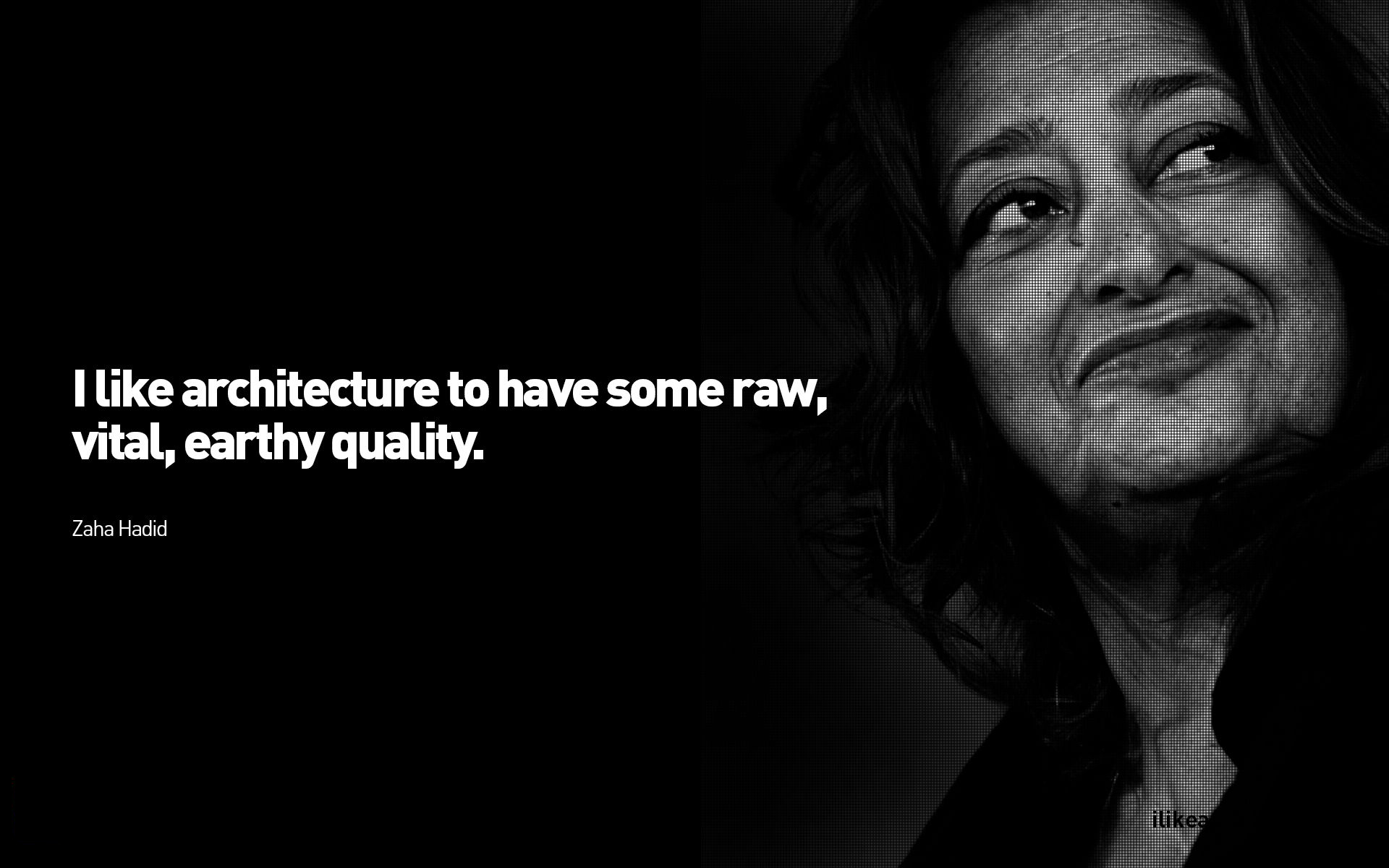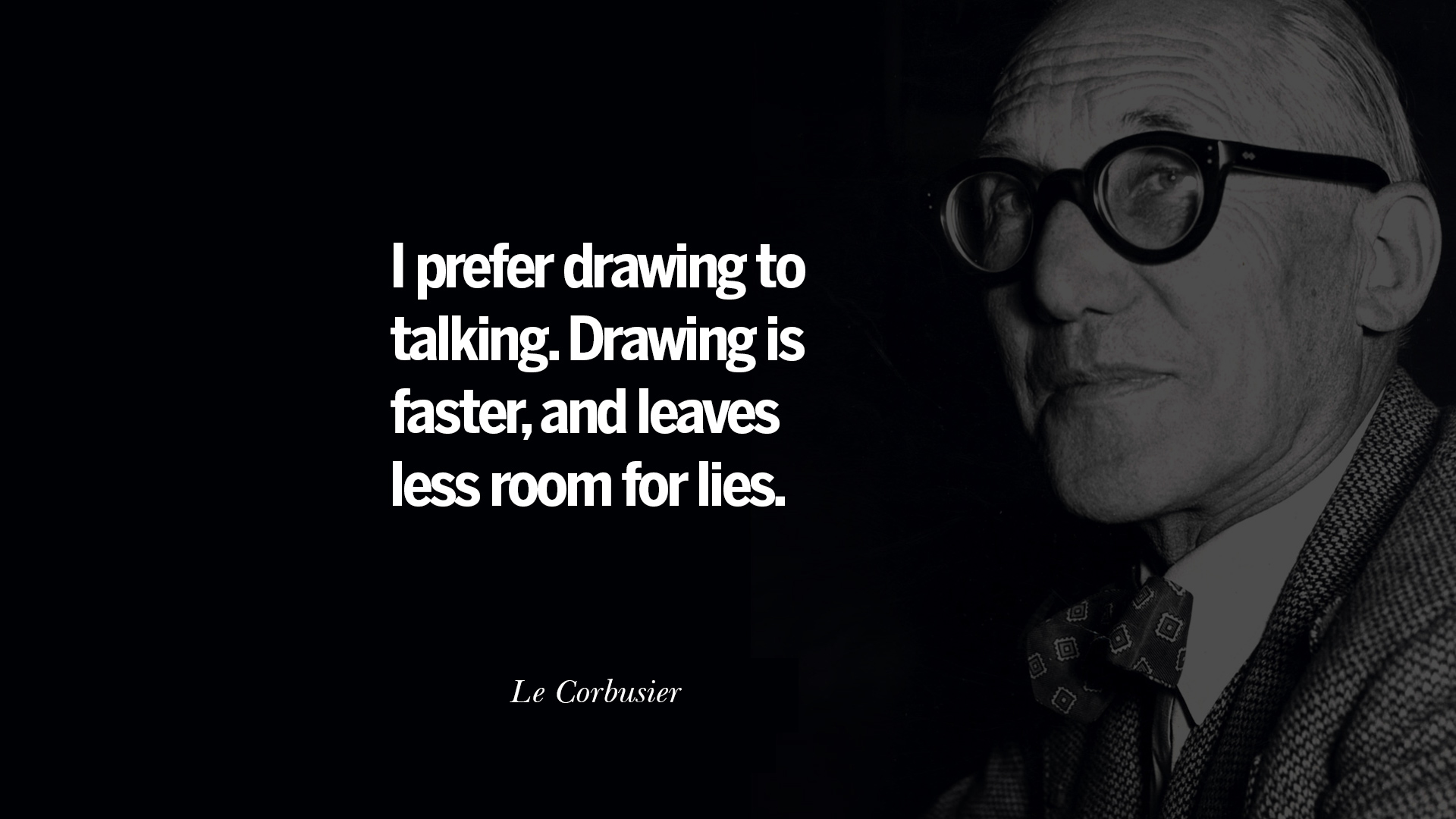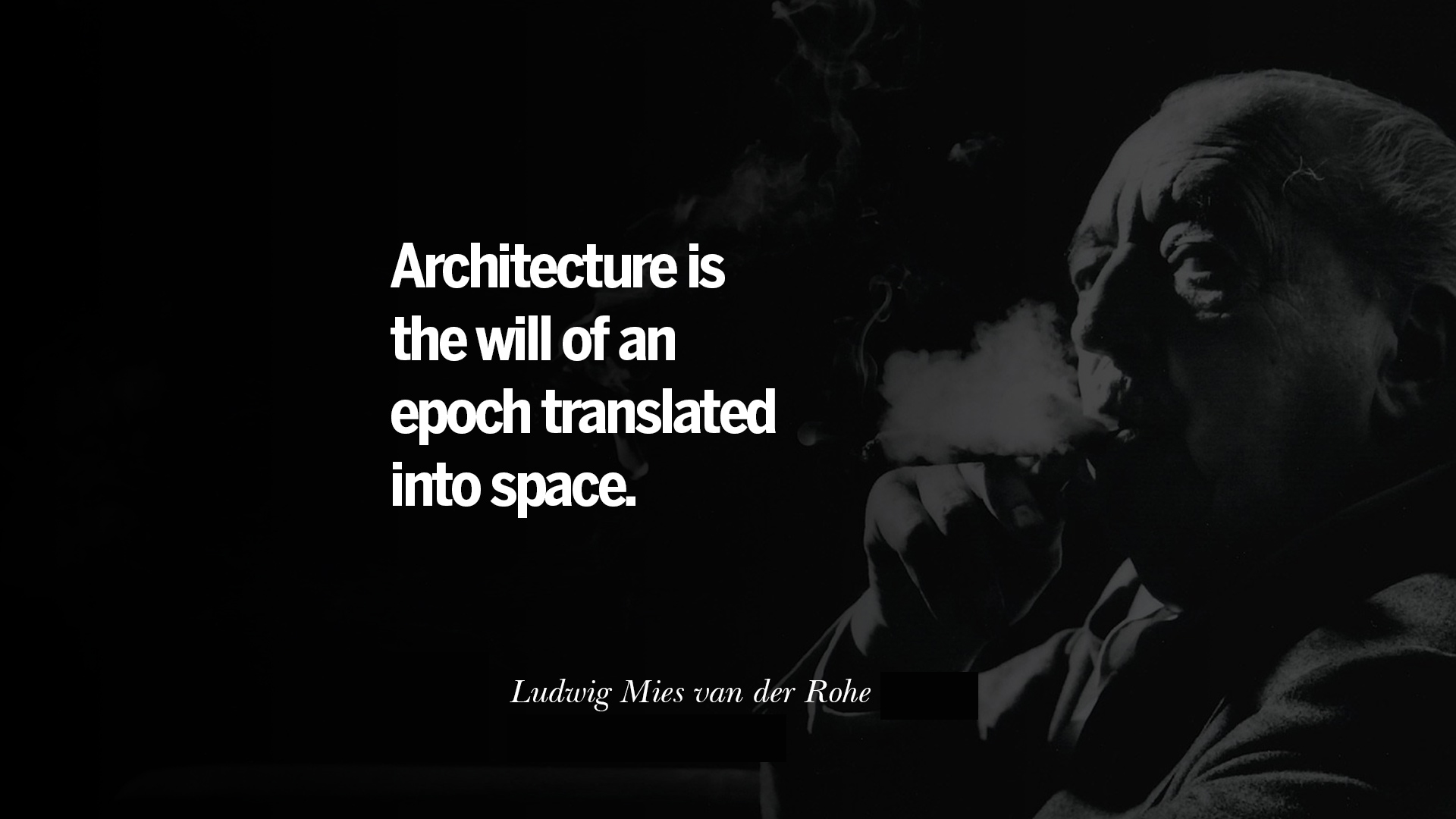Index
- Ranking of the 6 best architects in the world by lobo studio.
- FRANK LLOYD WRIGHT (1867 -1959)
- ZAHA HADID (1950- 2016)
- FRANK GEHRY (1929 – )
- RICHARD MEIER(1934 – )
- LE CORBUSIER(1987 – 1965)
- MIES VAN DER ROHE (1886 – 1969)
Ranking of the 6 best architects in the world by lobo studio.
If you are looking for the best architects in the world, this is the right article for you. We have made an exhaustive analysis of their works and the impact they have had on society.
Let’s get started!

FRANK LLOYD WRIGHT (1867 -1959)
While Frank Lloyd Wright never explicitly labeled his work as part of modern architecture, his most iconic projects have undeniably left an indelible mark on contemporary art and design. A prime example is the Guggenheim in New York (1959), one of his final masterpieces. This remarkable building is characterized by its sweeping, curved forms, soaring into the sky as a monumental white concrete cylinder.
However, his early experiences growing up in a rural, farming family deeply influenced him. This rustic imprint would find expression in his prairie-style homes, including the Frank Lloyd Wright Home and Studio (1898), his family residence in Illinois, USA. Today, this site is a designated National Historic Landmark.
Throughout his career, Wright designed over 670 buildings, but one stands out as an enduring icon of modern architecture—the Fallingwater House (1937) in Pennsylvania. This architectural gem seamlessly blends with the lush natural surroundings of the sprawling forests. It exemplifies Wright’s belief that architecture should be functional, free from unnecessary embellishments. Today, Frank Lloyd Wright is celebrated as one of the foremost architects in the history of the United States and a revered figure on the global stage.
ZAHA HADID (1950- 2016)
Hailing from Iraq, Zaha Hadid achieved a groundbreaking milestone in the world of architecture by becoming the first and, to this day, the only woman to be awarded the prestigious Pritzker Prize in 2004. Her remarkable journey shattered numerous glass ceilings, despite the formidable challenges she faced as an Arab woman and an expatriate who spent much of her life in London.
Hadid’s architectural work has consistently been associated with the deconstructivist movement, characterized by its avant-garde style. She was a staunch advocate of creativity and originality, with her projects serving as pivotal bridges between traditional architecture and the architecture of the future. Even though critics occasionally deemed her designs extravagant, her daring approach pushed boundaries. In the early years of her career, particularly during the 80s and 90s, her innovative ideas often went unrealized, earning her the moniker “paper architect.” However, this label was later replaced by the more fitting title of the “lady of architecture,” as recognized by specialized critics.
Perhaps no creation better encapsulates her distinctive style than the London Olympic Aquatics Center, purpose-built for the 2012 Olympics in the British capital. Prior to this iconic structure, Hadid had already ventured into designing projects for major events, such as the Bridge Pavilion for the 2008 Specialized Exhibition in Zaragoza. Both these works are characterized by their sleek white aesthetics and sinuous curves. Additionally, she frequently incorporated overlapping cubic shapes, as evidenced in landmarks like the Rosenthal Contemporary Art Center in Ohio and the National Museum of the Arts of the 21st Century in Rome

FRANK GEHRY (1929 – )
At 92 years old, Frank Gehry stands as one of the world’s most renowned architects who continues to actively shape the architectural landscape. Often referred to as ‘the architect of forms,’ his creations embody a fusion of sculpture and architecture. Gehry’s work has garnered recognition, even among those not versed in the field, thanks to its captivating and unconventional geometric shapes that frequently overlap one another.
Hailing from Canada, Gehry’s passion for architecture was ignited during his years of study, and he drew inspiration from another architectural luminary, Le Corbusier, whose concept of architecture as art greatly influenced him. Gehry, while on the other side of the Atlantic, also followed in the footsteps of Frank Lloyd Wright. One of his most celebrated projects is the iconic Guggenheim Museum in Bilbao, where he employed a metal façade and elliptical structures to create captivating, curvilinear architectural forms.
Critics and experts have often characterized Frank Gehry’s style as deconstructive, owing to his penchant for playing with a myriad of geometric shapes to fashion intricate and complex works of architecture. Notably, Gehry frequently utilizes unfinished plywood and various metallic materials, including aluminum, in his designs. Among his most renowned masterpieces are the Walt Disney Concert Hall in Los Angeles, the Weisman Art Museum in Minnesota, and the New York by Gehry skyscraper in the bustling metropolis of the same name.

RICHARD MEIER (1934 – )
His most recent significant undertaking, the luxurious residential tower situated in Taipei, Taiwan, serves as a pure embodiment of the architectural essence synonymous with Richard Meier, the American architect hailing from New Jersey. The design revolves around the concept of purity, as conveyed by the predominant use of white, and features a pristine facade characterized by linear clarity, shaped by two distinct geometric volumes.
Although Richard Meier has consistently steered clear of rigid classifications, his architectural style inherently aligns with the avant-garde and minimalist movements, consistently striving for environmental harmony within the surroundings. On numerous occasions, Meier has acknowledged the profound influence of other architectural luminaries (including those listed here) such as Le Corbusier and Frank Lloyd Wright. Diverging from his peers, however, Meier has dedicated his career primarily to residential projects, particularly exclusive residences and museums. Among his most significant works is the Macba Museum of Contemporary Art, located in Barcelona’s vibrant Raval district, which caused a revolution in the area with its incorporation of curvilinear forms in both its exterior and interior design.
Furthermore, Meier has delved into projects with religious themes, exemplified by the Jubilee Church in Rome, a structure constructed using prefabricated concrete panels, a material frequently favored by the New Jersey-based architect. During the 1970s, Richard Meier earned a spot on the prestigious list of the “New York Five,” alongside four other renowned architects. Over the course of his illustrious career, he has received numerous accolades, including the esteemed Pritzker Prize and the Gold Medal of the American Institute of Architects.

LE CORBUSIER(1987 – 1965)
Born in Switzerland under the name Charles-Édouard Jeanneret-Gris, the architect we now recognize as Le Corbusier earned his moniker as ‘the father of modern architecture.’ Remarkably, despite his lack of formal architectural training or education in the field, he ascended to become one of the most renowned architects of the 20th century.
Le Corbusier’s journey into architecture was unconventional, commencing with his collaboration with Charles L’Eplattenier, a Swiss pioneer in Art Nouveau and a celebrated painter. Under L’Eplattenier’s mentorship, Le Corbusier delved into various realms of the visual arts, encompassing painting, sculpture, design, architecture, and literature. He also carved a niche for himself as a prolific writer and architectural theorist, known for his bold and innovative ideas. In the realm of architecture, he rose to prominence for introducing a revolutionary, functional, and distinctly modern style, a departure from the ornate designs prevalent at the time.
Le Corbusier’s most active period unfolded during the early 20th century, an era when architecture had yet to evolve into its contemporary form, characterized by simplicity and devoid of excessive ornamentation. During this pivotal period, Le Corbusier articulated his “five points of a new architecture.” These principles included the concept of the ‘first floor on pilotis,’ elevating the living space to connect seamlessly with automobiles. His ‘free plan’ concept allowed architects to determine the placement of enclosures independently, without constraints from the structure above, which was supported by pillars, another innovation. The ‘free façade’ principle emphasized the independence of the building’s façade from its internal structure. He also championed the notion of ‘elongated windows’ spanning the building’s width to maximize natural light. Lastly, Le Corbusier advocated for ‘garden terraces,’ proposing their location on rooftops.
Le Corbusier’s architectural legacy is encapsulated in the collective body of work titled ‘Architectural Work of Le Corbusier – Exceptional Contribution to the Modern Movement,’ a UNESCO World Heritage cultural property comprising his groundbreaking designs and ideas.

MIES VAN DER ROHE (1886 – 1969)
Ludwig, much like the renowned composer Beethoven whom he was named after, was an innovator in his field during his era. Of German descent, he found it necessary to emigrate to the United States to fully unleash his creativity, as he encountered limitations at the Bauhaus school in Germany, where he served as the director.
Upon his arrival in the United States, Van der Rohe emerged as a prominent figure in the Modern Movement, championing architectural principles centered on two fundamental concepts: simplicity and clarity. His architectural creations, characterized by their emphasis on proportion and elegance, boldly displayed their facades without reservation. Van der Rohe’s structural designs prioritized stability and functionality. A prime example of his work is the Seagram Tower, constructed in New York in 1958, which epitomizes his philosophy of design where the container takes precedence over its contents. This design philosophy extended to the point of eliminating visible divisions within spaces, even eschewing the use of doors. This approach ensured that each element served a defined purpose, contributing to the overall aesthetics and lucidity of the structure.
While Van der Rohe primarily dedicated his career to residential architecture and living spaces, several notable works showcase his mastery. Among them is the German pavilion he conceived for the 1929 International Exposition in Barcelona, a structure that can still be visited today (as a replica) in Barcelona. Additionally, the New National Art Gallery in Berlin, constructed in 1968, proudly bears Van der Rohe’s signature style: a substantial stone surface enveloped by a metal framework, supported by pillars, and encased in a glass enclosure—a quintessential representation of Van der Rohe’s design principles.
For further insights into the top architects currently making their mark in Spain, I recommend exploring this article.

